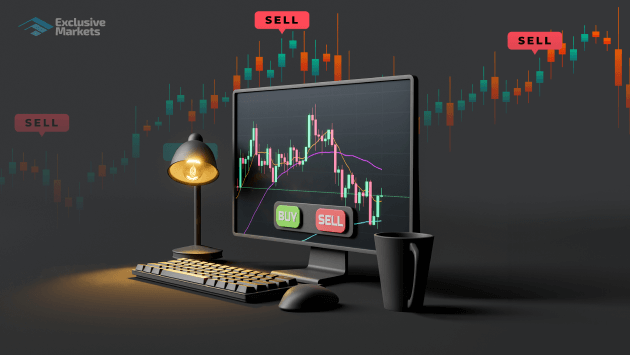
Forex trading has become increasingly popular over the years, attracting millions of traders seeking to capitalize on currency price fluctuations. One of the most crucial factors for success in Forex trading is selecting the best trading platform. With many platforms available, knowing which suits your trading style and meets your needs is vital. In this article, we will explore the best trading platforms for Forex, considering their features, user experiences, costs, and the regulatory aspects to help you make an informed decision. For comprehensive information, you can also check out best trading platform for forex forex-exregister.com.
What to Look for in a Forex Trading Platform
When choosing a Forex trading platform, several key factors should guide your decision:
- User Experience: A good trading platform should be intuitive and user-friendly. You should be able to navigate easily between charts, market data, and your trading account.
- Regulation: Ensure the platform is regulated by a reputable financial authority. This provides a level of trust and security.
- Trading Tools: Look for platforms that offer advanced trading tools, including charting tools, automated trading options, and risk management features.
- Cost of Trading: Consider the spreads, commissions, and any additional fees that may be charged. A transparent fee structure is essential.
- Customer Support: Reliable customer support can make a significant difference, especially for new traders who may have questions.
- Mobile Trading: With the rise of mobile trading, having a robust mobile app can significantly enhance your trading experience.
Top Forex Trading Platforms
1. MetaTrader 4 (MT4)
MetaTrader 4 is one of the most popular Forex trading platforms worldwide. It offers a wide range of features, including advanced charting tools, technical analysis capabilities, and a user-friendly interface. MT4 is particularly favored for its automated trading capabilities through Expert Advisors (EAs), allowing traders to execute trades automatically based on predefined parameters.

2. MetaTrader 5 (MT5)
While MT4 remains a favorite, MetaTrader 5 has gained traction for its enhanced features, including additional timeframes, more built-in indicators, and improved order execution. MT5 also supports a more extensive range of markets, such as stocks and commodities, making it a versatile choice for traders interested in more than just Forex.
3. TradingView
TradingView is primarily a charting platform but offers trading capabilities through various brokers. It stands out for its powerful social trading features, allowing users to share trading ideas and strategies. TradingView provides a clean, modern interface and extensive customization options, appealing to both beginners and experienced traders.
4. cTrader
cTrader is known for its visually appealing interface and advanced trading features, including algorithmic trading options. It offers market depth, extensive charting tools, and a wide range of technical indicators. cTrader is ideal for traders who value speed and efficiency, making it a top choice for scalpers and day traders.
5. NinjaTrader
NinjaTrader is a powerful trading platform that appeals mainly to futures and Forex traders. It offers sophisticated charting and analysis tools, automated trading capabilities, and robust market research resources. NinjaTrader allows users to trade physically with live data and custom strategy development tools for advanced traders.

Cost of Trading Platforms
The cost structure of trading platforms can vary significantly. Some platforms charge a flat monthly fee, while others offer commission-based or spread-based pricing. It’s essential to evaluate these costs concerning your trading style; for instance, day traders may prefer platforms with tighter spreads, while long-term traders may benefit from flat fees. Always consider the total cost of trading as you assess your chosen platform.
Regulatory Considerations
Every trader should prioritize a regulated Forex trading platform. Regulatory authorities, such as the Financial Conduct Authority (FCA) in the UK or the Commodity Futures Trading Commission (CFTC) in the US, impose stringent safeguards to protect traders. Always perform due diligence to confirm the regulatory status of any platform you consider.
User Experiences and Reviews
User reviews can offer valuable insights into a trading platform’s reliability and performance. Look for platforms that have garnered positive feedback regarding execution speed, customer support, and overall user experience. Additionally, consider seeking out trading communities where shared experiences can provide further guidance in choosing the right platform.
Conclusion
Choosing the best trading platform for Forex trading is a personal decision that hinges on various factors including your trading style, experience level, and specific requirements. With platforms like MetaTrader 4, MetaTrader 5, TradingView, cTrader, and NinjaTrader leading the market, traders have a wide selection of tools at their disposal. Remember to weigh the pros and cons of each platform and evaluate costs, regulatory oversight, and user experiences thoroughly before making your choice. Happy trading!